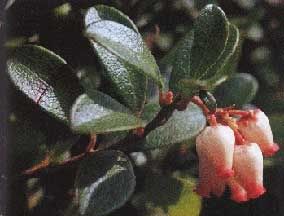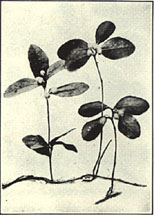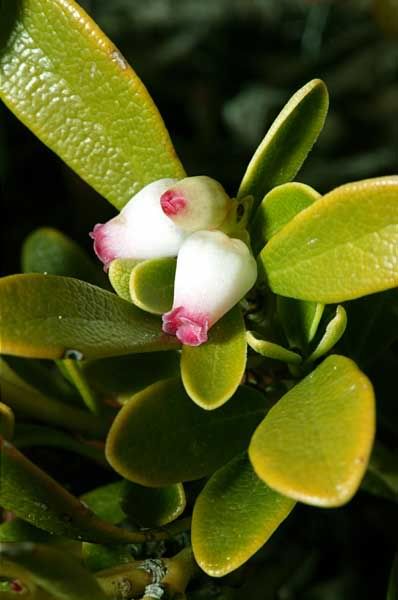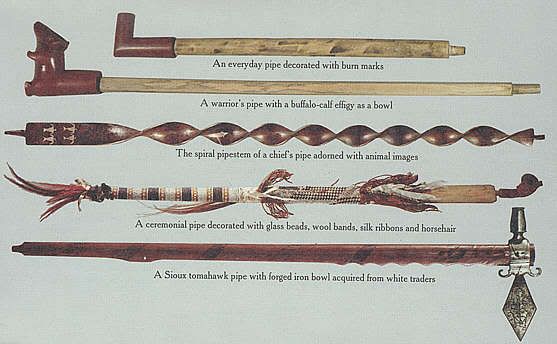"An Algonquian term originally applied to a mixture of bearberry leaves and tobacco. Because of the early scarcity of tobacco, or because he liked the mixture, the Indian rarely smoked pure tobacco. The name actually came from the Cree and Chippewa dialects and meant "what is mixed." The term later covered mixtures of Indian tobacco and leaves of the sumac, laurel, mansanita, squaw bush, and the inner barks of the red willow, dogwood, cherry, arrowwood, poplar, birch, etc"
"No rite was more widely practiced by indians than smoking.when an indian lit a mixture of tobacco and various aromatic herbs - called kinnikinnick - in the stone bowl of his pipe his intent was often deeply serious. The smoke that he exhaled was seen as a breath of prayer, and the pipe itself was regarded as an intimate channel of communication to the spirit world. Pipes were also used to sanctify communication between men. An early fur trapper named Alexander Ross noted that pipe smoking was "the introductory step to all important affairs, and no business can be entered upon with these people before the ceremony of smoking is over."
Ceremonial pipes were the personal property of a chief, medicine man or warrior. They were smoked according to a grave and precise ritual to pledge an oath or ratify a treaty, which inspired the white man's phrase "peace pipe."
The pipes were also used as passports while traveling and for conciliation in even the most private disputes. If a brave ran off with someone else's wife, etiquette decreed that he send an old man to the husband bearing a pipe. If the husband smoked the offering, it meant that he would not take revenge on the lovers. Many men owned an unadorned everyday pipe, because smoking was also a casual habit. But the older men sometimes felt obligated to warn the young warriors against excessive smoking: it could cut their wind and thus reduce their stamina in battle."










